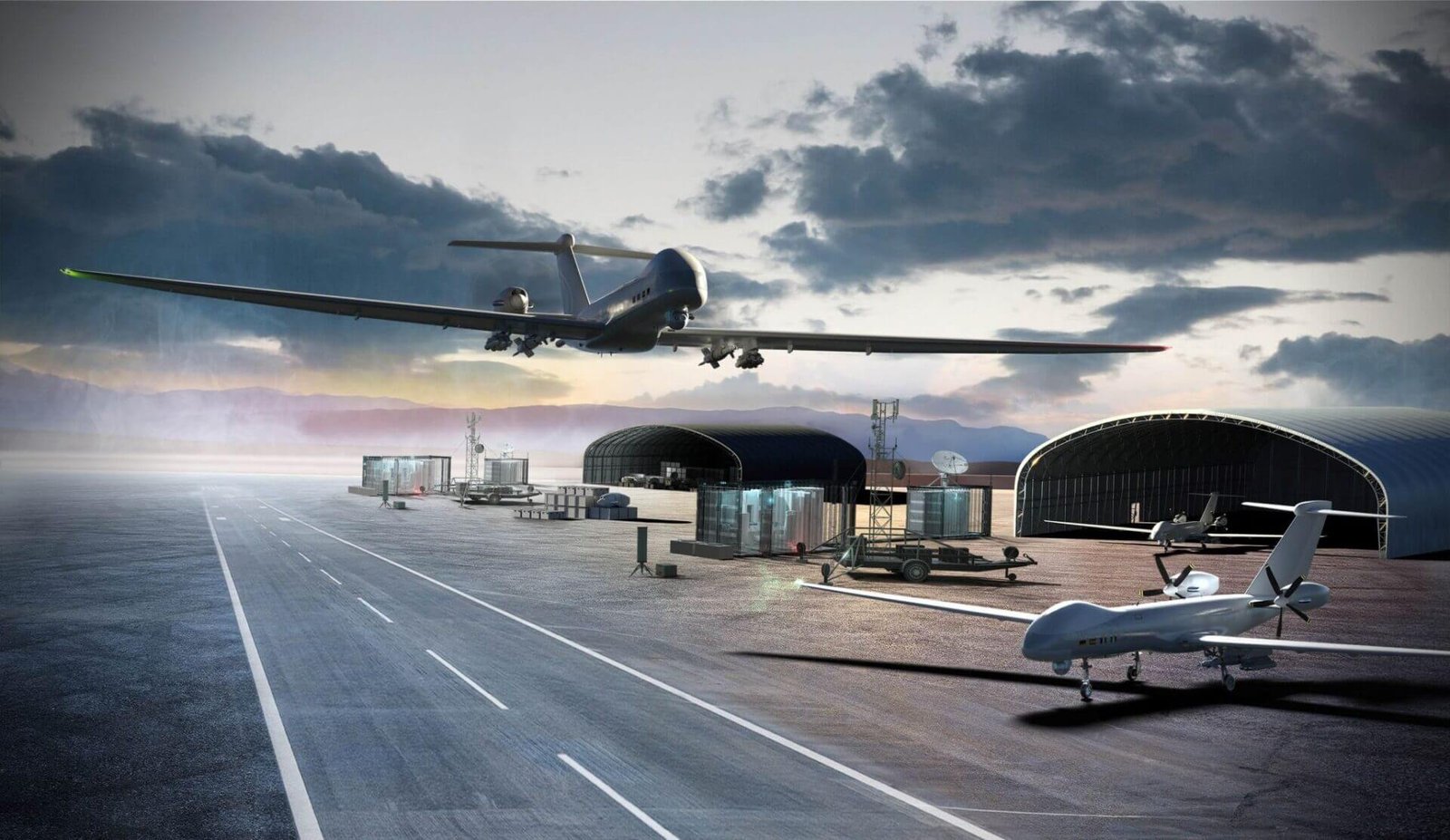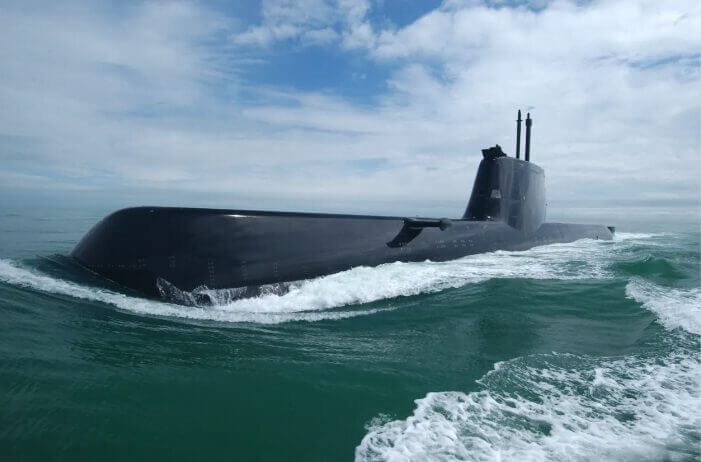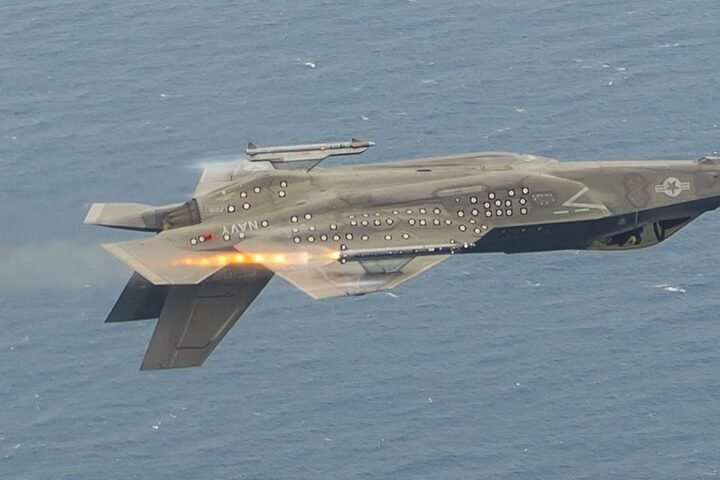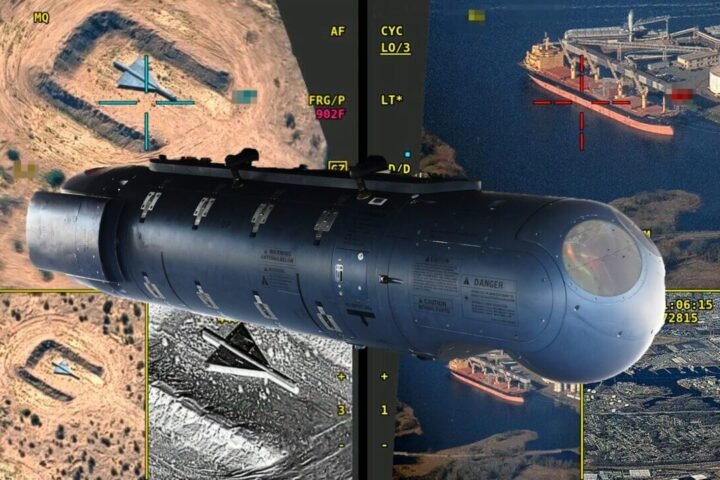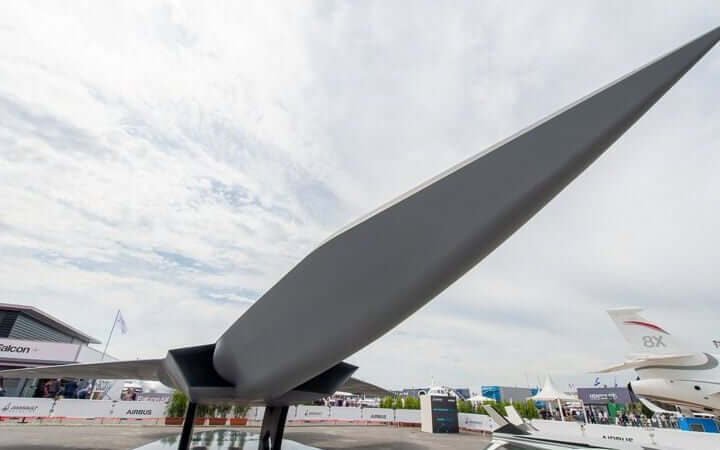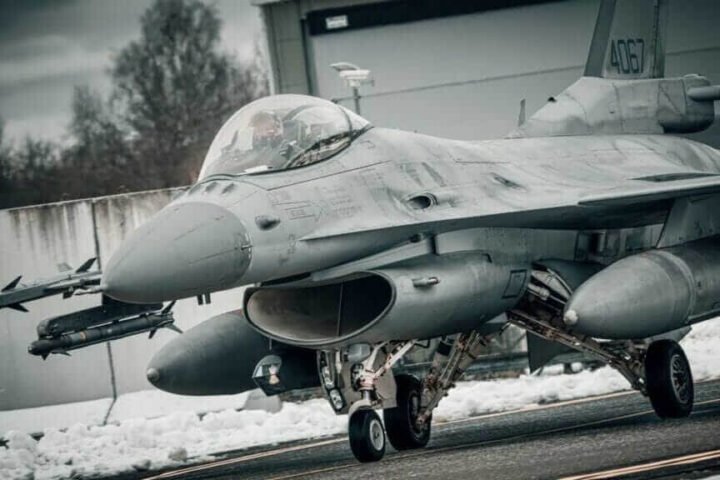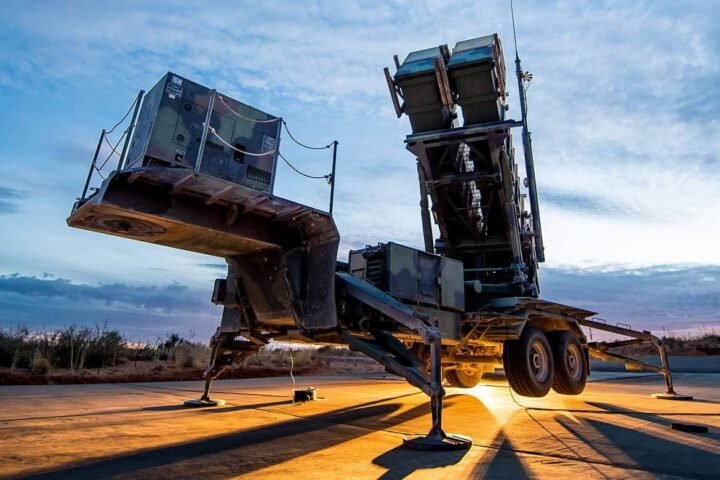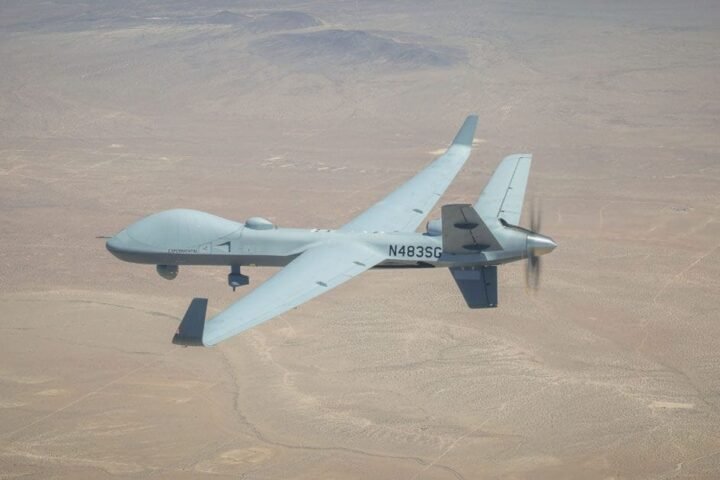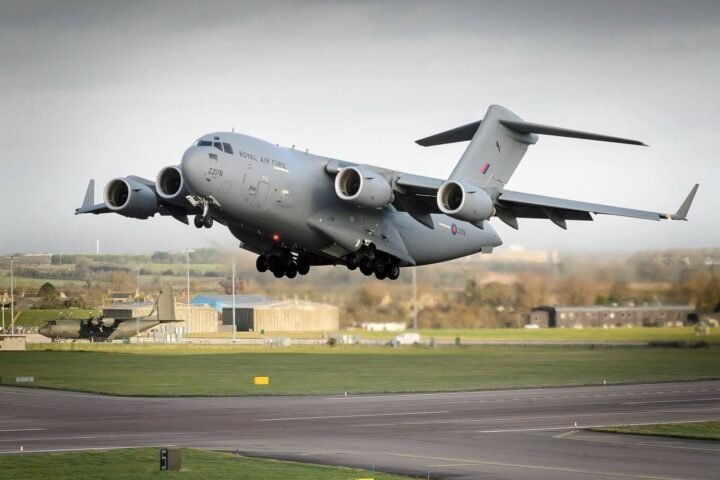OCCAR, the Organization for Joint Armament Cooperation, reported that the MALE RPAS program, also known as Eurodrone, is showing continued positive progress. By the end of this year, the design phase will be completed and the production of prototypes for flight testing will commence.
On July 31st, Airbus GmbH and the main subcontractors Leonardo and Dassault Aviation successfully completed the internal industrial Critical Design Review (CDR), demonstrating that the project is mature enough to move to the next phase of review with OCCAR and the four participating states in the program, France, Germany, Italy, and Spain.
Therefore, following the positive results gained from the industrial review, the Critical Design Review (CDR) officially began with OCCAR and the four participating nations on August 25, 2025.
The aim of the review is to confirm the project’s high level of compliance with the 2,000 requirements established by the four nations and to proceed to the next contract phase, the production of three prototypes, which will conduct a series of flight testing activities in France, Spain, and Italy.
The Multinational Program
All Eurodrone subsystem production is spread across the four participating states (Germany, France, Spain, Italy) to converge at the Final Assembly Line (FAL) in Manching, Germany, where the 60 anticipated aircraft, comprising 20 systems designated for the Air Force, Armée de l’Air et de l’Espace, Ejército del Aire y del Espacio and Luftwaffe, will be assembled.
Key features of the Eurodrone include state-of-the-art sensors, advanced communication and diffusion architecture, certification by design, and unprecedented endurance performance in all projected configurations. The Eurodrone will provide complete sovereignty to the nations thanks to an ITAR free design and will be produced by a complete European supply chain.
The MALE-RPAS program is led by Airbus Defence and Space GmbH as prime contractor with the three Major Sub-Contractors (MSC) Dassault Aviation, Leonardo, and Airbus SAU, engaging over 50 European aerospace and electronic companies.
Japan and India have been added to the program as observer countries.
Features and capabilities of the MALE-RPAS
The remotely piloted aircraft will have a maximum take-off weight (MTOW) of approximately 11 tons, with a payload capacity of 2.3 tons, endurance of over 40 hours, operational ceiling of 45,000 feet (over 13,000 meters), and maximum speed of 265 knots (490 km/h); it will be powered by a pair of Avio Aero Catalyst turboprops each producing 1.300 hp.
The Eurodrone deployment profiles foresee Intelligence, Surveillance, Target Acquisition, and Reconnaissance (ISTAR) and precision strike missions.
Furthermore, an operational capability expansion is expected for maritime patrol/anti-submarine warfare (MPA/ASW), equipping it with sensors for maritime surveillance, light anti-sub marine torpedoes, and dispensers for the release of sonobuoys, as well as in the Airborne Early Warning (AEW) sector with a dedicated radar suite.
Source and image credit @OCCAR

